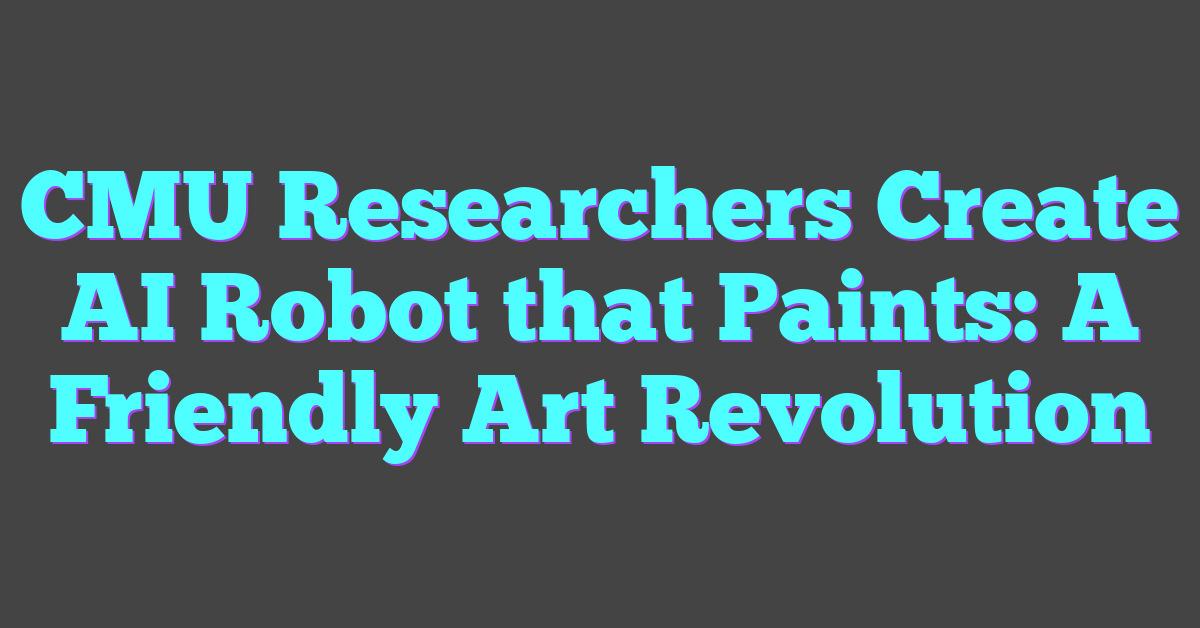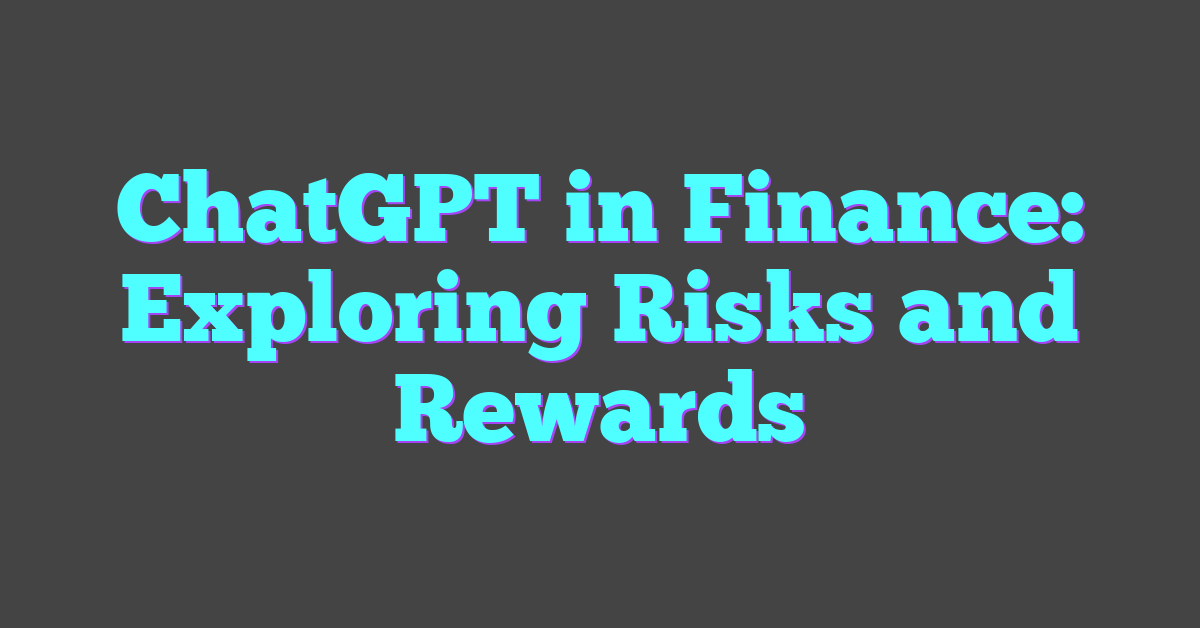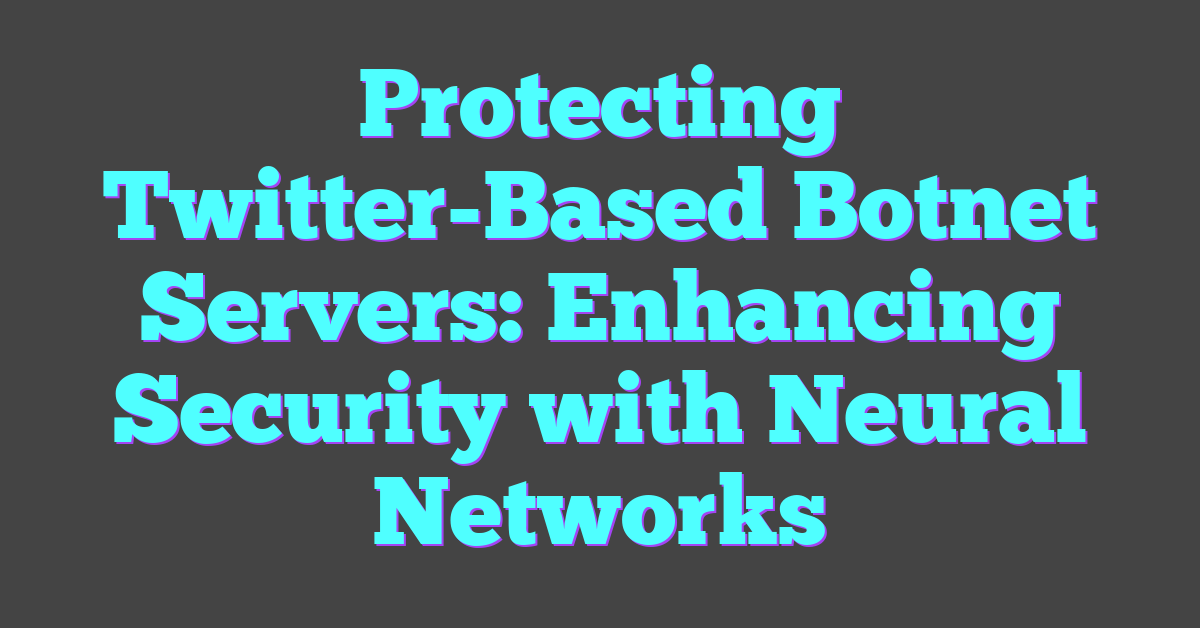As a content creator, I’m always on the lookout for tools that make my work faster, easier, and more creative. With AI writing tools becoming more advanced, it’s hard not to notice the buzz around ChatGPT and Jasper. Both promise to help craft engaging content, but choosing the right one can feel overwhelming.
Each tool has its strengths, whether it’s generating ideas, writing blog posts, or even creating social media captions. But let’s be honest—what works for one person might not work for another. That’s why it’s so important to break down what each offers and how they stack up for different needs.
Overview Of ChatGPT And Jasper
ChatGPT and Jasper both leverage artificial intelligence to assist content creators in generating engaging and efficient content. Their unique approaches cater to different needs within the realm of content creation.

What Is ChatGPT?
ChatGPT, powered by OpenAI’s advanced language models, processes and generates human-like text across various tasks. It supports casual conversations, comprehensive article writing, coding assistance, and more. Its training involves diverse internet data, making the tool highly versatile.
ChatGPT stands out for its adaptive capabilities. Whether you’re drafting a professional blog or creating interactive chat-based content, it tailors outputs to fit the context. For example, it can quickly generate blog outlines, solve technical queries, or simulate conversational scenarios.
What Is Jasper?
Jasper, formerly known as Jarvis, focuses on AI-driven writing, particularly for marketing and business contexts. It’s designed to streamline tasks like crafting ad copy, email sequences, and social media posts. Jasper employs pre-set templates, optimizing its utility for targeted writing.
This tool excels at producing goal-oriented content. For instance, it can generate a persuasive product description or an attention-grabbing headline. Jasper emphasizes efficiency, making it a favorite among marketers aiming to simplify their workflow.
Key Features Comparison
Evaluating key features helps content creators choose between ChatGPT and Jasper based on their specific needs. Both tools excel in leveraging AI but differ in their design and focus.
Ease Of Use
ChatGPT simplifies interactions with its intuitive chat-based interface. Users can enter prompts naturally without needing pre-set templates. For instance, when I draft a technical blog, I find ChatGPT’s conversational approach seamless.
Jasper, however, includes predefined templates tailored to specific tasks like blog outlines or ad copy. This structure helps users unfamiliar with prompt writing but requires learning the available templates and their use cases.
Content Quality And Relevance
ChatGPT generates highly contextual and human-like text for diverse topics. By understanding complex queries, it delivers content suited for technical explanations or detailed narratives. When I test nuanced AI-related prompts, ChatGPT’s responses often align closely with my expectations.
Jasper’s quality is robust for marketing-focused content. It produces concise, goal-oriented text, making it ideal for social media captions or email campaigns. While it shines in these contexts, outputs might need refinement for broader creative projects.
Customization Options
ChatGPT allows dynamic adaptations through direct adjustments in prompts. For example, I can tweak tone, length, or style by specifying these attributes in my input text. Its flexibility makes it versatile for altering content mid-process.
Jasper offers customization through template parameters and brand tone options. Users can set consistent styles—such as a professional tone for business documents—though its adaptability depends on the preset template chosen.
Speed And Efficiency
ChatGPT responds swiftly to complex requests. Its ability to handle long-form content without breaking context supports tasks like in-depth article drafts. I often appreciate its speed when juggling simultaneous writing tasks.
Jasper enhances efficiency for repetitive tasks like creating headlines or product descriptions. By automating these workflows, Jasper enables quick content generation, particularly within marketing environments.
Pricing And Accessibility
Evaluating pricing models and accessibility reveals critical differences between ChatGPT and Jasper. These factors matter for content creators assessing cost-effectiveness and entry points.
Cost Comparison
ChatGPT operates under a subscription-based model. OpenAI offers ChatGPT Plus at $20 per month as of October 2023. This plan enhances user experience with priority access and increased performance using GPT-4. Meanwhile, a free tier is available, but its functionality is limited to GPT-3.5 and may include slower response times during peak hours.
Jasper pricing starts at $49 per month for the “Creator” plan, making it more costly from the outset. Higher tiers like the “Teams” and “Business” plans range from $125 to custom pricing, offering multi-user collaboration and advanced features such as brand voice customization.
Free Trial And Plans
ChatGPT provides users with a trial-like experience through its free tier. Entry-level users can explore basic features without upfront cost, but advanced functions require upgrading to premium.
Jasper includes a 7-day free trial across its plans. This no-cost period allows users to explore premium features, including templates, AI-assisted outputs, and team collaboration tools, ensuring alignment with their needs before committing financially.
Strengths And Weaknesses
Understanding both tools’ strengths and weaknesses is crucial for choosing the right AI writing assistant. As someone passionate about AI and content creation, I find these aspects particularly fascinating.
Strengths Of ChatGPT
ChatGPT impresses with its versatility in generating human-like text. I’ve seen it excel in tasks ranging from casual conversations to producing in-depth, nuanced articles. Its adaptive nature allows it to handle diverse content types, making it reliable for blogs, technical writing, or brainstorming.
Its intuitive chat-based interface creates a seamless experience by letting me deliver prompts naturally. This flexibility gives me freedom to explore various styles and tones in content without rigid constraints.
It’s especially appealing that ChatGPT processes requests with contextual depth—great for complex or detail-oriented projects. This adaptability lets content creators, like me, produce content that feels authentic and well-informed.
Strengths Of Jasper
Jasper delivers exceptional results in marketing and goal-driven content. I’ve noticed how its templates streamline ad copy, product descriptions, and social media posts, which is ideal for marketers or small business owners.
What sets Jasper apart is its focus on efficiency. By leveraging its templates, I can create concise and targeted content quickly, saving time without sacrificing professionalism. Its customization options, like tone settings and branding alignment, also help maintain consistency across campaigns.
Additionally, Jasper’s user-friendly structure appeals to creators unfamiliar with crafting detailed prompts. This structure minimizes learning curves, which makes it a practical choice for creators looking to optimize workflows.
Limitations Of Both Tools
ChatGPT can occasionally stray from task-specific goals. While its flexibility is a major strength, I’ve found cases where it generates overly broad or off-topic responses without clear prompts. For content creators, this might mean extra edits to refine output.
Jasper’s reliance on predefined templates can limit creative freedom. As much as I appreciate its efficiency, templates sometimes feel rigid when tackling unique projects or experimenting with styles outside traditional marketing formats.
Both tools, despite their strengths, share limitations in handling niche or hyper-specific subjects. Neither consistently delivers expert-level content for highly technical domains without extensive user input and refinement.
Use Cases For Content Creators
AI writing tools like ChatGPT and Jasper transform content creation by offering tailored solutions for different tasks. Their unique features cater to varied needs, making them highly effective for creators aiming to boost productivity.
Ideal Scenarios For ChatGPT
ChatGPT adapts exceptionally well to complex, diverse content generation. I often use it for long-form blog posts, technical articles, and detailed guides due to its ability to handle nuanced topics. Its conversational interface encourages experimentation with prompts, resulting in highly context-aware outputs. For instance, when I want to develop a comprehensive blog about machine learning trends, ChatGPT helps me generate in-depth, structured content with seamless flow.
Interactive brainstorming is another strength of ChatGPT. It generates creative ideas for unique content angles or outlines and even simulates discussions to develop concepts further. For multiple niches like AI, education, or lifestyle, it balances creativity and accuracy effectively.
Additionally, ChatGPT performs well in technical problem-solving or complex Q&A scenarios. If a specific topic requires detailed explanation or code walkthroughs, ChatGPT can draft excellent content with precise guidance.
Ideal Scenarios For Jasper
Jasper excels in crafting short, on-brand content quickly. I rely on it for tasks like creating ad copy, product descriptions, or social media posts. For example, its templates make generating a week’s worth of social media captions for AI tools straightforward and efficient. It ensures each post aligns with target audiences while maintaining professional tone and clarity.
Jasper also simplifies repetitive, goal-oriented tasks in marketing and business contexts. When writing email sequences or sales pages, predefined templates save time while maintaining engagement. These structured outputs meet marketing objectives without extensive manual adjustments.
Brand-focused customization options make Jasper a favorite for consistent messaging. By setting tone and style preferences, such as “formal” or “conversational,” I streamline content creation for specific campaigns, maintaining brand voice in less time.
Final Verdict: Which Is Better For Content Creators?
ChatGPT and Jasper both offer valuable tools for content creators, but their strengths cater to distinct needs. From my perspective as someone passionate about AI and content creation, deciding which is better depends on the specific demands of the project and user preferences.
For versatility, ChatGPT consistently impresses with its ability to generate human-like text across a vast range of topics. Its adaptability shines in tasks like brainstorming innovative ideas, crafting technical content, or creating detailed narratives. The conversational interface makes prompt crafting intuitive and dynamic, enabling granular adjustments to outputs. However, it may produce responses requiring refinement, especially for highly specialized topics.
On the other hand, Jasper excels in efficiency and targeted content generation. Its pre-built templates save time for marketing-focused tasks like creating ad copy, email campaigns, or social media posts. For content creators prioritizing speed and consistency in brand-focused messaging, Jasper offers a streamlined solution. While the templates simplify the process, they may constrain creativity, which could be a limitation for some users.
From a cost perspective, ChatGPT’s free tier provides an accessible entry point for experimentation, while Jasper’s trial allows a glimpse of premium features. However, users needing advanced functionality or multiple-user collaboration will find Jasper’s higher-tier plans suitable, albeit at a steeper price.
In essence, creators seeking flexibility and in-depth content generation may lean toward ChatGPT. Those focused on marketing-driven outputs and faster workflows might prefer Jasper. Both tools enhance productivity in unique ways, leaving the choice to individual needs and preferences.
Conclusion
Choosing between ChatGPT and Jasper comes down to what you need as a content creator. Both tools shine in their own ways, whether it’s ChatGPT’s versatility or Jasper’s efficiency in marketing-focused tasks. It’s all about aligning their strengths with your goals.
I’d recommend exploring their free options or trials to see which fits your workflow better. Whether you’re crafting detailed articles or quick ad copy, there’s a tool here to help you create with confidence.
Frequently Asked Questions
What is the main purpose of ChatGPT and Jasper AI?
ChatGPT and Jasper AI are AI-powered writing tools designed to assist content creators. ChatGPT excels in creating detailed, human-like text for diverse needs, such as blog posts and technical queries. Jasper, on the other hand, focuses on producing concise, goal-oriented content for marketing and business purposes, such as ad copy and social media posts.
Which tool is better for long-form content creation?
ChatGPT is better for long-form content creation, including technical articles and comprehensive blogs. Its adaptive language models allow for detailed, human-like text generation across a range of topics, making it ideal for in-depth writing tasks.
Is Jasper AI suitable for marketing tasks?
Yes, Jasper AI is specifically designed for marketing tasks. It offers predefined templates tailored to crafting ad copy, social media posts, and other business-related content, making it efficient for producing quick, on-brand messages.
How does the pricing structure of ChatGPT and Jasper differ?
ChatGPT offers a free tier and a subscription-based Plus plan at $20/month for GPT-4 access. Jasper’s pricing starts at $49/month for the “Creator” plan, with higher tiers for advanced features and team collaboration. Both tools provide trial options for users to evaluate features.
Does ChatGPT require technical knowledge to use?
No, ChatGPT is user-friendly and utilizes a chat-based interface. Users can naturally input prompts without prior technical expertise, making it accessible for content creators of all experience levels.
Can Jasper AI handle brand customization?
Yes, Jasper AI includes brand customization features. Users can set parameters for tone and style within templates, ensuring consistent branding across all generated content.
Are these tools reliable for technical or expert-level topics?
Both tools may require user input for highly technical or niche content. While they generate quality text, expertise from the user is often needed to refine details and ensure accuracy in such contexts.
Should I choose ChatGPT or Jasper for brainstorming ideas?
ChatGPT is better for brainstorming because of its adaptive capabilities and conversational format. It generates creative ideas and suggestions for a variety of topics, making it an excellent tool for interactive ideation.
Is there a free trial available for Jasper AI?
Yes, Jasper AI offers a 7-day free trial across its plans, allowing users to explore its features before committing to a paid subscription.
What are the key limitations of ChatGPT and Jasper?
ChatGPT can sometimes produce overly broad or off-topic text, requiring additional editing. Jasper’s reliance on templates may limit creative freedom. Both tools may struggle with expert-level or highly specific content, often needing user refinement.




